Petran
The AI & IoT Monitoring Platform for Assets, Workers, and Facilities.
The AI & IoT Monitoring Platform for Assets, Workers, and Facilities.
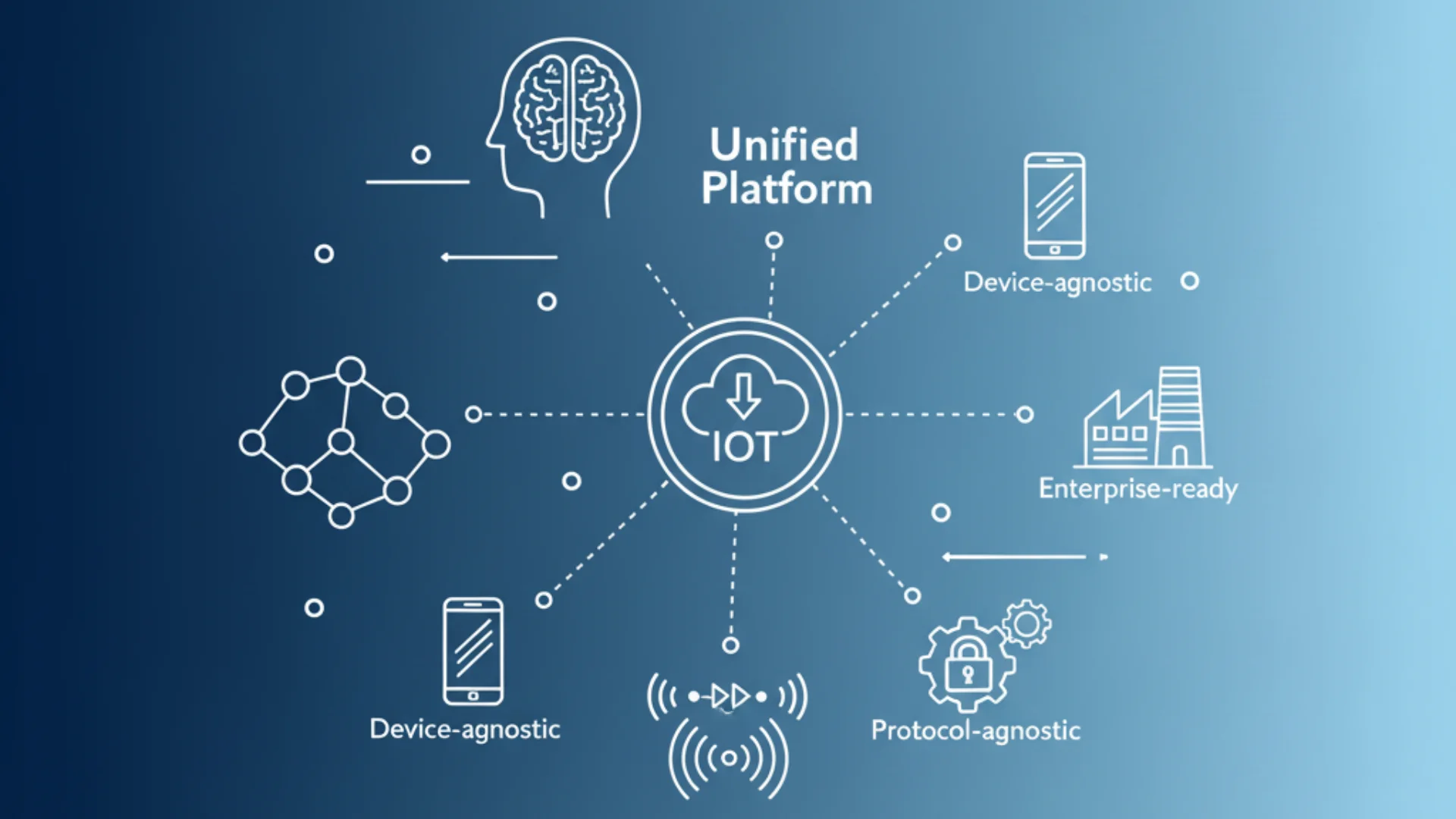
An AI + IoT platform that continuously monitors your assets, workforce, and facilities—turning real-time data into faster decisions, fewer incidents, and clear, defensible ROI. With predictive maintenance and live operational intelligence, PETRAN improves uptime, safety, and compliance while lowering cost to serve.
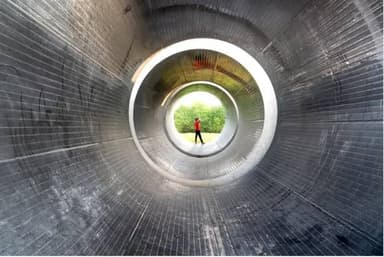
One live map for equipment health, worker safety, and facility status.

Autonomous agents detect patterns, decide, and trigger safe workflows—no manual chasing.

Plug in cameras and sensors; use prebuilt skills for common scenarios.
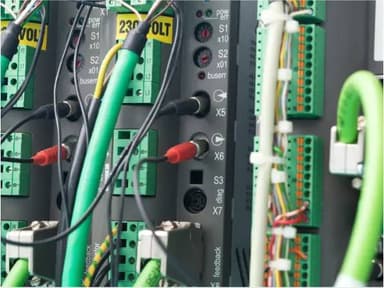
Works with your cameras, PLCs, SCADA, CMMS/EAM, MES, and BMS—no vendor lock-in.

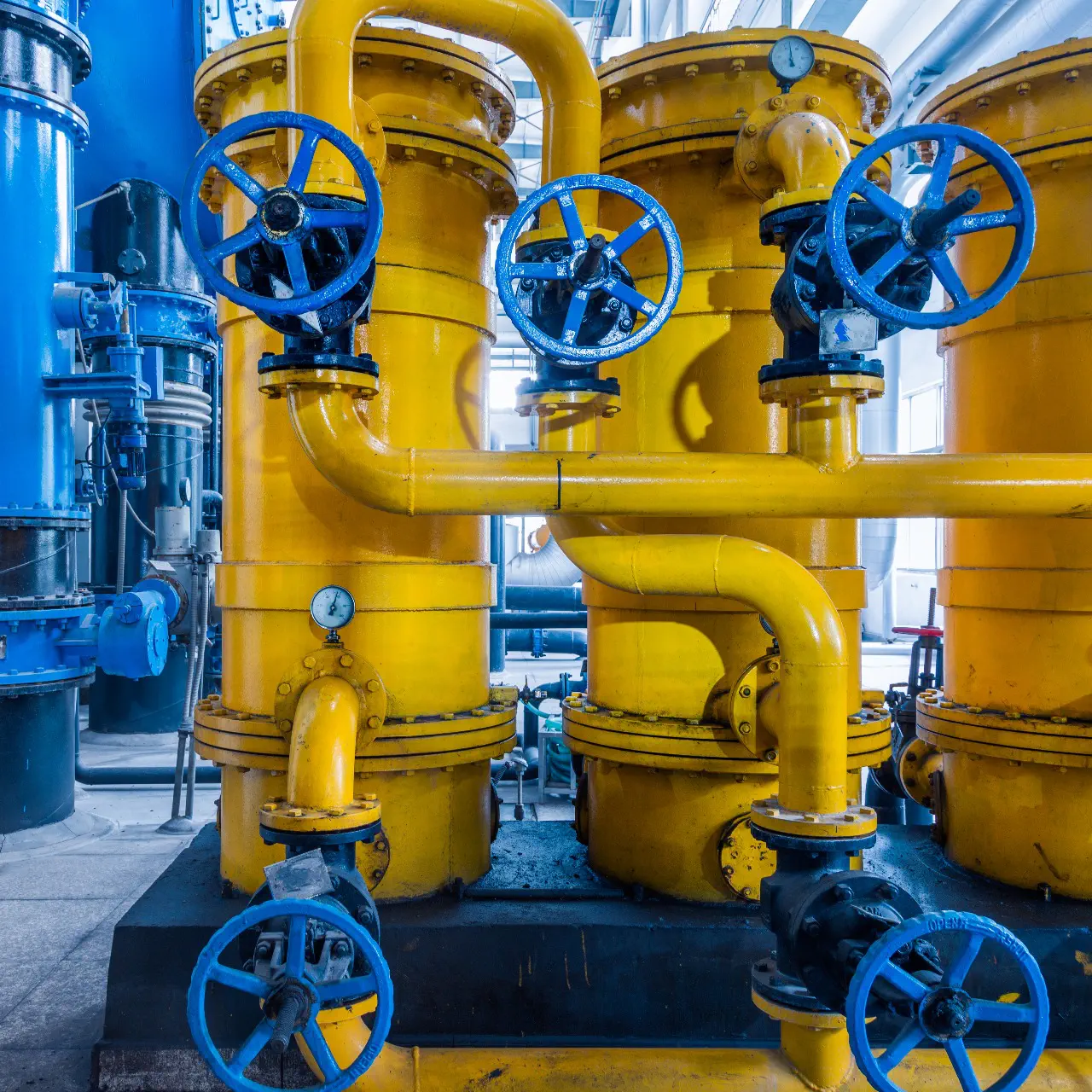
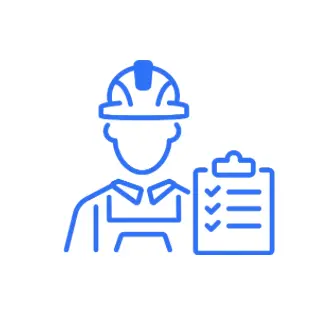
Real-time worker safety with PPE detection, posture/motion and zone/permit compliance, lone-worker/man-down and access supervision, plus digital SOPs with guided mobile/edge interventions.
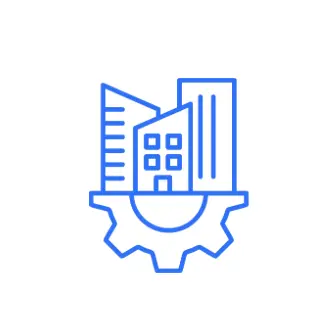
Real-time facility intelligence combining occupancy, environmental and energy monitoring with leak/smoke detection, perimeter and restricted-area security, and a live command center for utilities and process KPIs.
PETRAN brings all your cameras, sensors, and enterprise systems, old and new, into one interoperable, vendor-agnostic platform that speaks open standards and APIs, uses prebuilt connectors, and runs across edge and cloud—so you keep your existing investments, avoid lock-in, and get a single, consistent way to act on data across every site.
Fixed/mobile vision, thermal, and hyperspectral cameras for defects, leaks, heat spots, and occupancy.
Visual Detection & Monitoring
Vibration, temperature, and pressure sensors for condition and anomaly detection.
Condition Monitoring
RTLS tags and access control systems to track location, flow, and permissions.
Location & Access Tracking
PLC/SCADA streams and operational logs for context, automation, and auditability.
Operational Intelligence
Bring every camera, sensor, and control system online in minutes. Our edge agents auto-discover devices, normalize data, and keep streaming—even with flaky networks.
Everything you need in one place, vision AI, predictive maintenance, worker safety, facility insights, edge + cloud, and plug-and-play integrations, so your teams make faster decisions, reduce risk, and show ROI without ripping out what you already have.
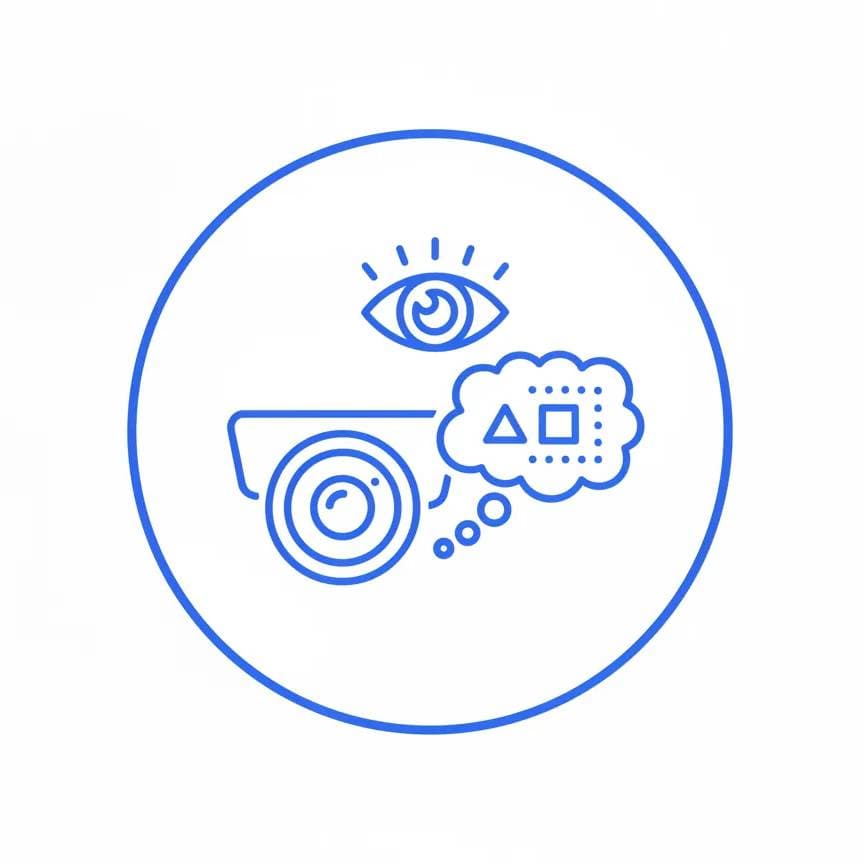
Pre-built skills for defect detection, foreign-object detection, spill/leak, occupancy, PPE & zone compliance; easy model updates—no heavy ML lift.
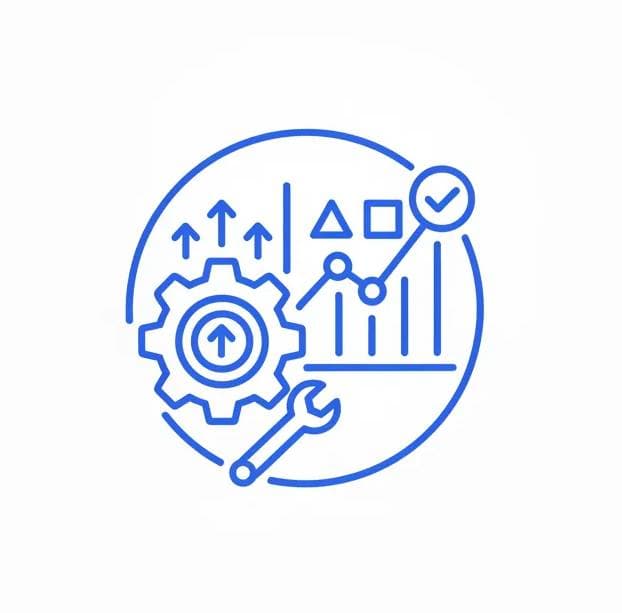
Condition & performance monitoring, failure probability, days-to-failure, and maintenance optimization.
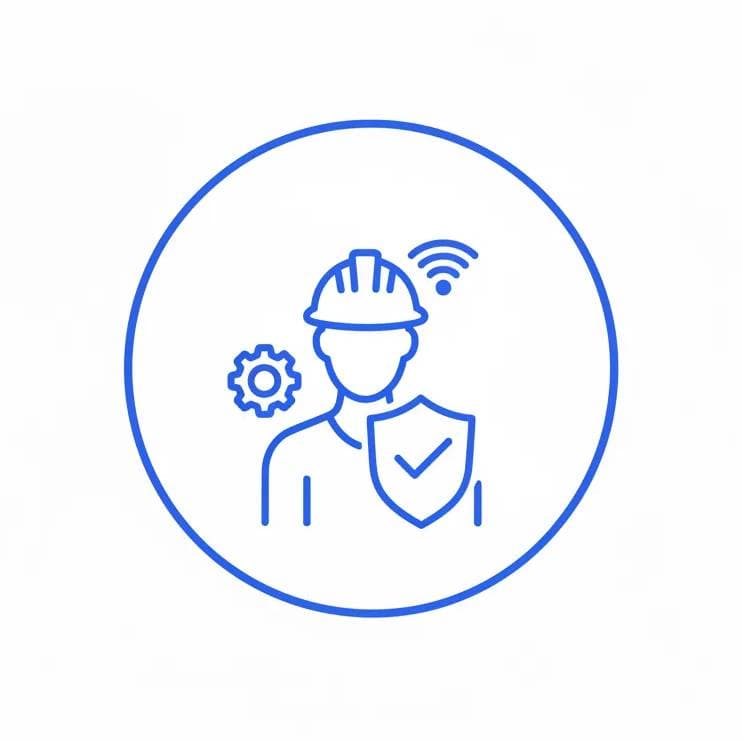
Real-time alerts for slips, trips, falls, near-miss, line-of-fire, and geofenced high-risk areas.
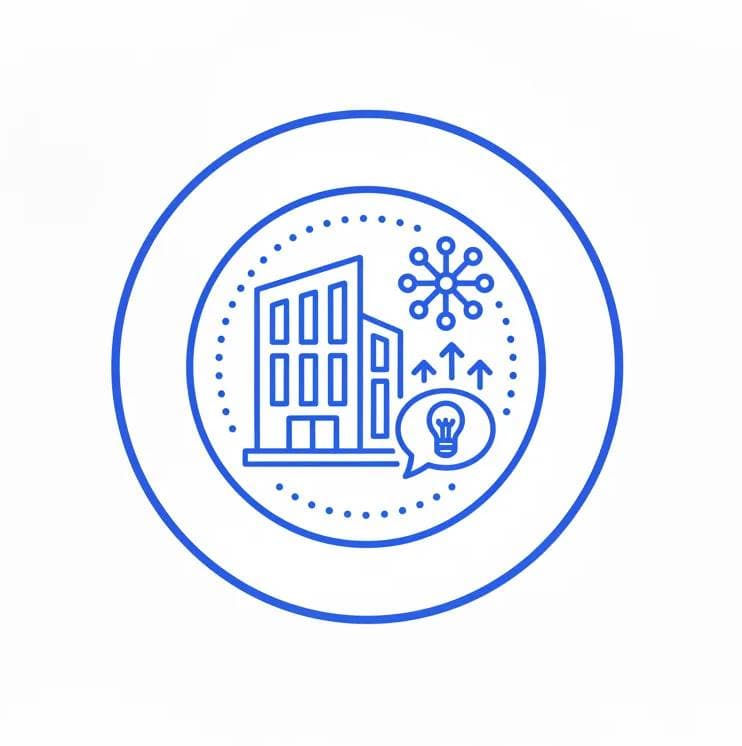
Energy and environment analytics; anomaly detection across HVAC, utilities, and critical rooms.
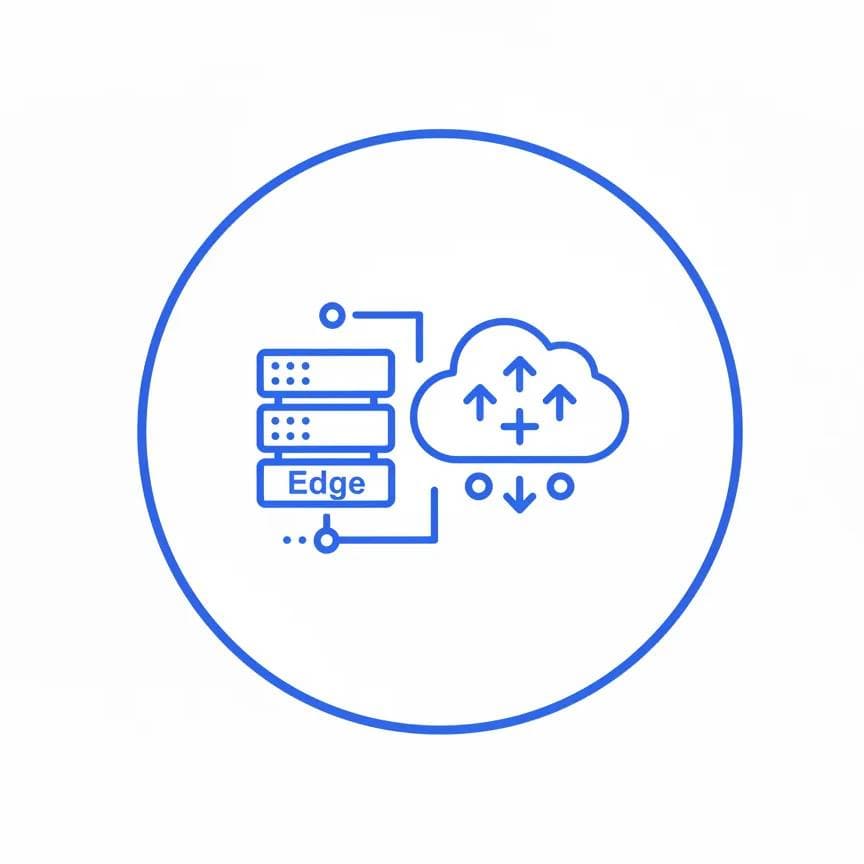
Run models at the edge for low latency and privacy; orchestrate at scale from a central hub.
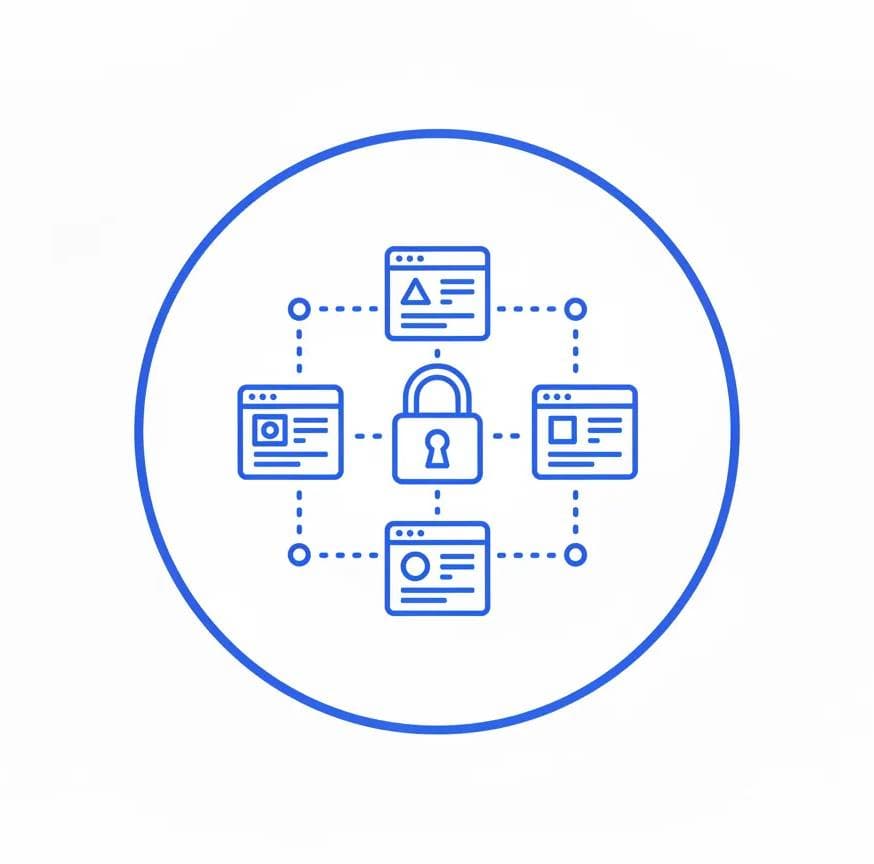
Out-of-the-box connectors for major EAM/CMMS (e.g., Maximo), ticketing, data lakes, and message buses.
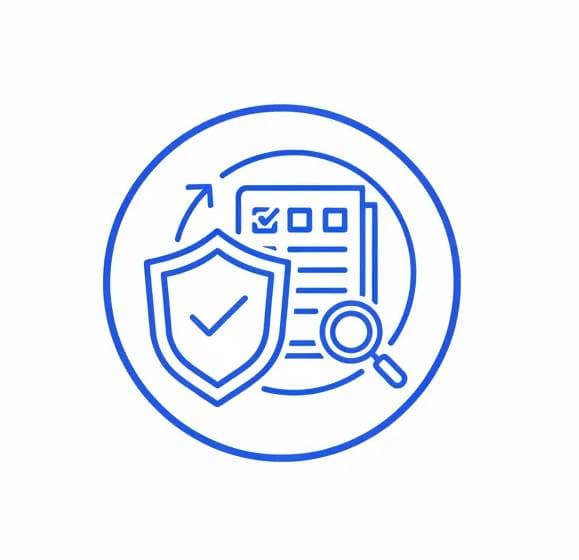
Versioned models/agents, policy rules, approvals, lineage, and encrypted trails for compliance.
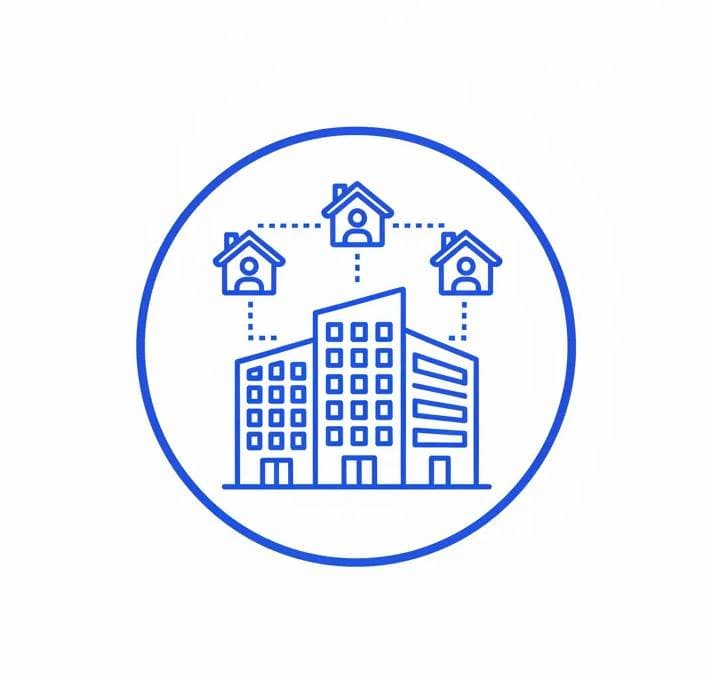
Partitioned data, role-based access, SSO, SCIM, and granular permissions.
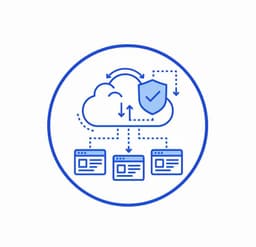
Fastest path to value with enterprise-grade security and zero infrastructure to manage.
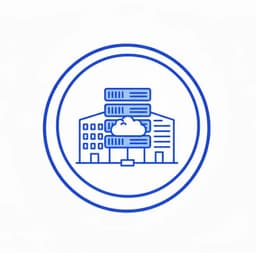
Full control for regulated environments—hardened, isolated, and compliant.
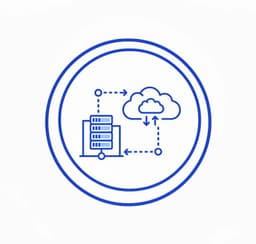
Low-latency vision and control at the edge with centralized orchestration and policy management.
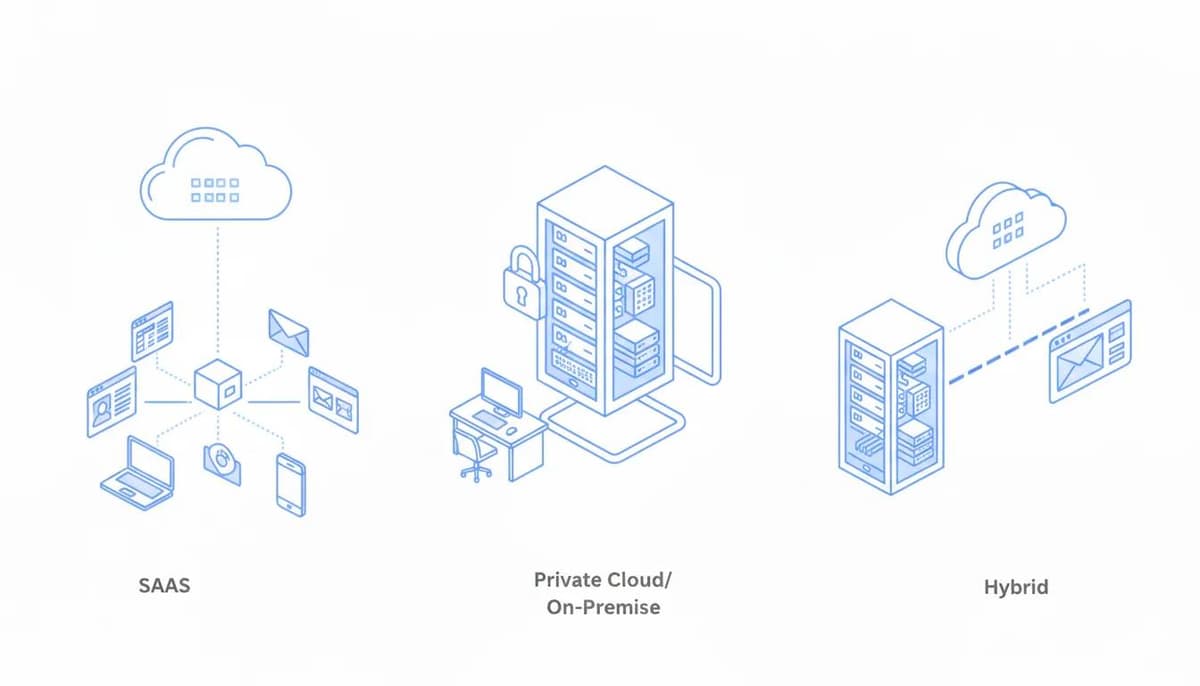
AI- and IoT-enabled APM software monitors equipment health, predicts failures, and optimizes maintenance. It fuses sensor data and computer vision to boost uptime, OEE, and reliability.
The platform connects via industrial protocols and cameras, analyzes time-series and video at the edge or in the cloud, and detects anomalies. It triggers actions in CMMS/EAM, MES, or ticketing tools.
Reduce unplanned downtime and maintenance costs while extending asset life. Improve OEE, safety, and energy efficiency with predictive insights.
Ideal for operations, maintenance, reliability, and HSSE teams across manufacturing, energy, utilities, mining, logistics, pharma, and smart infrastructure. It scales from single plants to global enterprises.
CMMS/EAM records work and manages assets; APM predicts and prevents failures. APM feeds risk-based insights and automated triggers back into CMMS/EAM.
Common connectors include MQTT, OPC UA, Modbus/TCP, BACnet/IP, HTTP/REST, CSV, and RTSP/ONVIF video. Many platforms also integrate with historians, PLCs, and SCADA.
Yes—visual inspection handles surface defects, leaks, PPE compliance, and unsafe proximity. It augments sensor analytics to improve quality and safety.
ML models learn normal behavior from vibration, temperature, current, and pressure signals, then flag early degradation. They score failure risk and recommend optimal maintenance windows.
Edge agents provide low-latency inference, video analytics, and resilience during connectivity gaps. Data and alerts sync securely to the cloud when available.
Most platforms support SaaS, private cloud, and on-prem options (often on Kubernetes/OpenShift). This meets regulatory, air-gapped, or data residency requirements.
Open APIs and prebuilt connectors integrate with SAP, IBM Maximo, Oracle, ServiceNow, MES, and SCADA. Automations create work orders, notifications, and escalations.
Leading platforms provide feature attributions, trend overlays, and event timelines to show why alerts fired. This builds trust and speeds root-cause analysis.
Increase MTBF and availability while reducing MTTR, defects, and incidents. Track OEE, energy intensity, and maintenance cost per unit.
Many organizations see ROI within 3–9 months from avoided downtime, optimized maintenance, and quality gains. Energy savings and extended asset life add compounding value.
Pilots often go live in 2–6 weeks covering data connections, model setup, and workflow integration. Scale in phases by asset class, line, and site.
A few weeks of clean sensor data can start anomaly detection; more history improves accuracy. Platforms handle missing values and irregular sampling.
Yes—edge nodes continue inference and buffer data during outages. Alerts and work orders sync automatically when connectivity returns.
Policies route alerts by asset criticality and risk score to the right teams. Systems can auto-create work orders, throttle lines, or trigger safety notifications.
Expect end-to-end encryption, RBAC, SSO/SCIM, network segmentation, and audit logs. Many platforms align with ISO 27001 and SOC 2 practices.
You retain ownership of your data and derived insights. Vendors typically support data residency, export, and customer-hosted models.
Yes—use fleet views, asset templates, and reusable ML pipelines to standardize. Centralized policy management supports global scale.
APM combines condition indicators with consequence and likelihood to prioritize actions. This enables CBM and truly risk-based maintenance.
Rotating equipment (motors, pumps, fans, compressors), utilities (boilers, chillers), conveyors, packaging lines, and camera-inspected products are common. Coverage extends to process equipment via sensors and vision.
Yes—analyze asset energy signatures to spot inefficiencies and optimize setpoints, schedules, and loads. This reduces energy use, costs, and emissions.
Technicians can view alerts, recommendations, and asset history on mobile and tablets. Field workflows and offline sync improve responsiveness.
Offerings include implementation services, reliability/vision experts, and admin/user training. SLAs align to SaaS or on-prem deployment models.
Pricing is commonly modular by number of assets/streams and feature tiers (core APM, vision, advanced analytics, integrations). Volume and multi-site discounts are typical.
Data residency controls, retention policies, and audit trails support regulatory needs. On-prem options assist with industry and regional compliance.
Yes—computer vision and sensor rules detect PPE violations, unsafe proximity, leaks, and abnormal conditions. Alerts can interlock equipment or notify safety teams.
Run a discovery workshop, connect priority assets, and define success KPIs. Launch a 60–90 day pilot, then scale by asset class and site.
![]() Identify your challenge, and we're here to help
Identify your challenge, and we're here to help